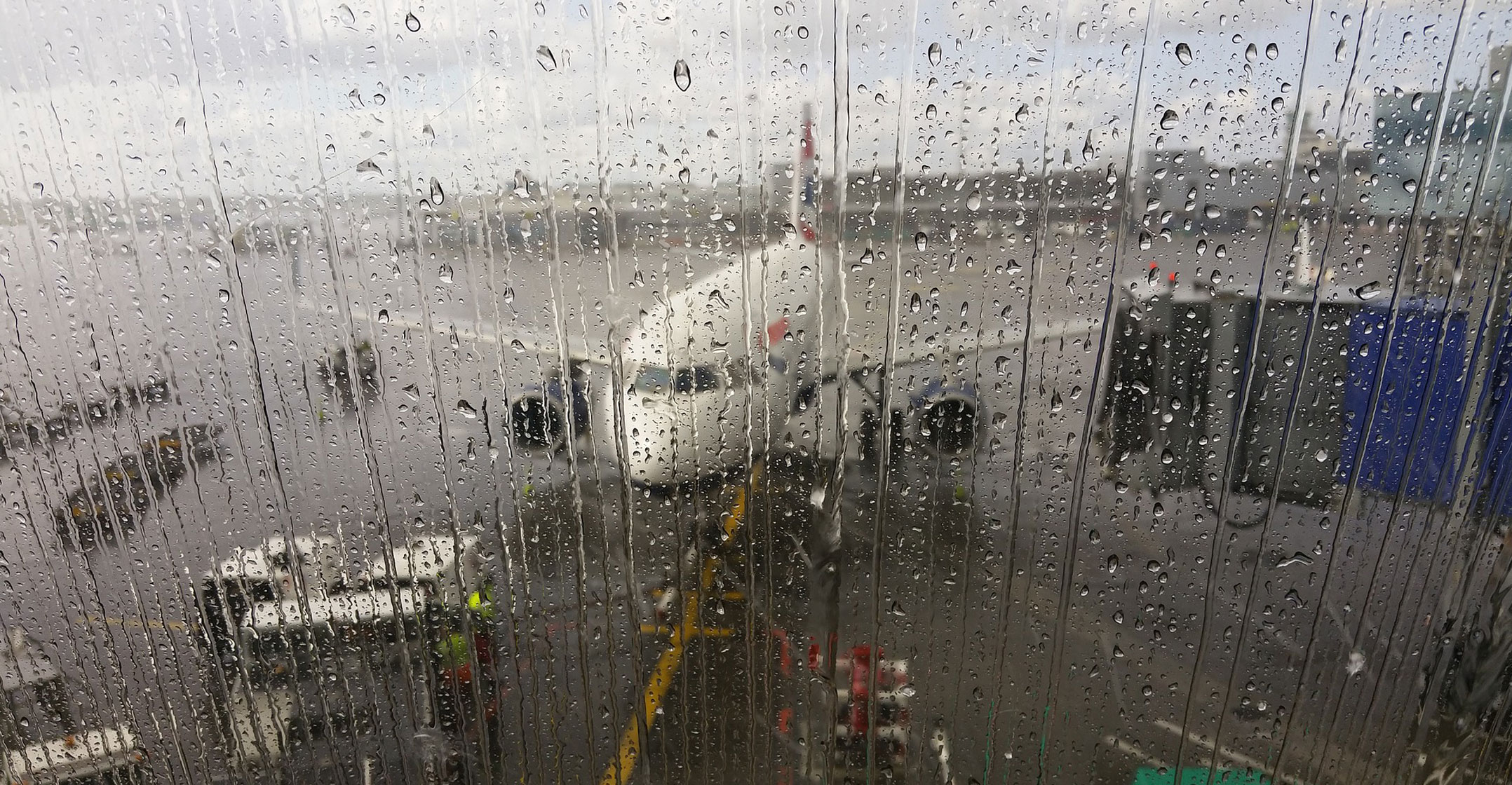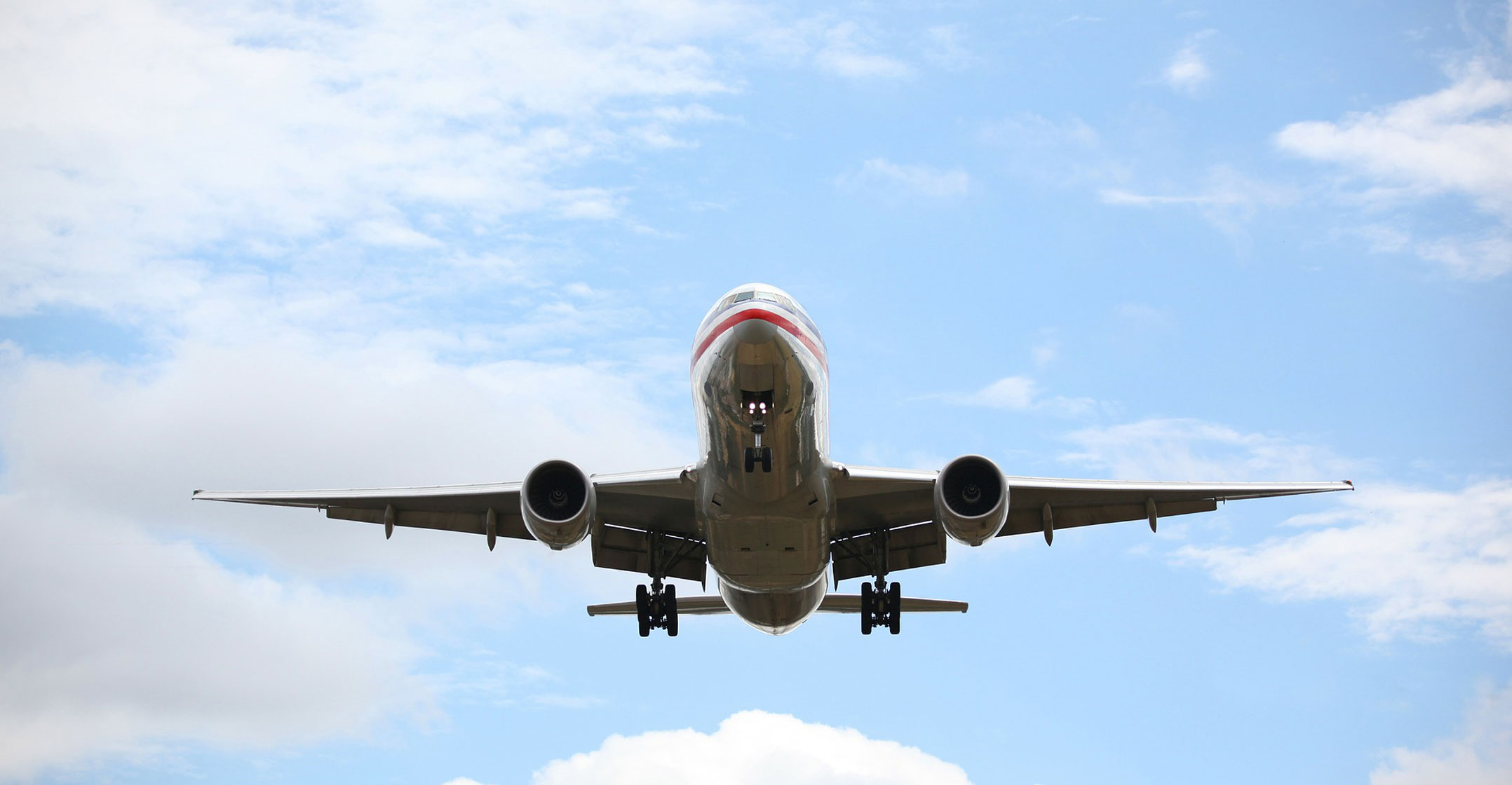 Widespread flight delays in snowstorms and low visibility could occur once new 5G wireless service rolls out in early January, US airline executives and aviation officials are warning with increasing alarm.
Widespread flight delays in snowstorms and low visibility could occur once new 5G wireless service rolls out in early January, US airline executives and aviation officials are warning with increasing alarm.
The officials say the new wireless signals threaten to interfere with equipment on planes and helicopters that track aircraft altitude, which could prohibit landings in poor visibility and create a cascade of delays, diversions and cancellations — a concern the wireless industry maintains is unfounded.
The issue is coming to a head as White House officials, regulators and industry groups struggle, without result, for agreement before the service starts on 5 January. AT&T and Verizon Communications have offered power reductions. The aviation industry calls such cuts “inadequate”.
The prospect of flight disruptions comes as airlines struggle to recover from the coronavirus pandemic that led to billions of dollars in losses last year. Carriers also have been dealing with staff shortages and thousands of unruly passenger episodes this year and the industry is concerned the 5G clash will cost as much as US$2.1-billion in flight disruptions, according to the trade group Airlines for America.
“If you were to ask us what our number one concern is in the near term, it is the deployment of 5G,” Southwest Airlines CEO Gary Kelly testified at a senate hearing on Wednesday.
Talks continue. Transportation secretary Pete Buttigieg, Federal Communications Commission chairwoman Jessica Rosenworcel and officials from the White House’s National Economic Council met on Wednesday, according to two people familiar with the meeting.
Gloom
Aviation industry groups at a 10 December meeting with the NEC were told their proposal that 5G power levels get deeper cuts near airports than mobile providers promised wasn’t accepted, according to three people in the aerospace industry familiar with discussions. They spoke on the condition they wouldn’t be identified because of the sensitivity of the talks.
White House representatives didn’t reply to queries about the meetings.
The result is a deepening sense of gloom in the aviation industry that some level of service cuts are all but inevitable because the Federal Aviation Administration, faced with even a remote prospect that safety could be threatened by the new 5G signals, must act conservatively.
“What that means, ladies and gentlemen, is nothing less than a lot of flights are going to be cancelled,” said Jeffrey Shane, a former airline industry official who also served in the US department of transportation, speaking on 10 December at a government advisory panel on protecting radio frequency.
 The 5G signals will operate in airwaves near those used by radar altimeters, which determine altitude by bouncing radio waves off the ground. The aviation industry says tests show 5G can interfere with the altimeters, posing hazards especially during bad-weather landings. Mobile providers dispute that outcome, saying the 5G signals are sufficiently separated from the frequencies used by altimeters, and are set to operate at safe levels.
The 5G signals will operate in airwaves near those used by radar altimeters, which determine altitude by bouncing radio waves off the ground. The aviation industry says tests show 5G can interfere with the altimeters, posing hazards especially during bad-weather landings. Mobile providers dispute that outcome, saying the 5G signals are sufficiently separated from the frequencies used by altimeters, and are set to operate at safe levels.
On Wednesday, Airlines for America said the 5G service could disrupt as many as 350 000 flights a year, based on some worst-case assumptions.
Wireless providers paid at least $81-billion for rights to the contested airwaves. They rejected predictions of trouble.
“The aviation industry’s fear-mongering relies on completely discredited information and deliberate distortions of fact,” said Nick Ludlum, a senior vice president at the trade group CTIA, which includes AT&T and Verizon as members.
“5G operates safely and without causing harmful interference to aviation operations in nearly 40 countries around the world,” Ludlum said in an e-mail. “US airlines fly in and out of these countries every day.”
5G operates safely and without causing harmful interference to aviation operations in nearly 40 countries around the world
The FAA and aviation groups say that other nations have imposed the kinds of protections that they are seeking or that the frequencies used in those countries have been located farther away from those assigned to aircraft equipment.
The FCC, which approved the mobile providers’ airwaves use, has declined to impose additional restrictions and said it is working with aviation regulators to resolve the dispute.
The FAA on 7 December issued a pair of safety directives saying that it could impose a variety of restrictions that included prohibiting low-visibility landings in the proximity of 5G signals. The agency stopped short of specific limitations and said it was continuing to study the potential risks.
However, in recent days the potential for flight restrictions have become clearer, said multiple people familiar with discussions.
Prone to interference
One manufacturer of the so-called radar altimeters estimated that 70% of airliners equipped with its devices might be prone to interference and, therefore, subject to FAA’s restrictions, according to two people familiar with the talks. While the number of planes isn’t yet known and is subject to change, it could involve thousands of aircraft, they said.
The FAA prohibitions affecting airline flights primarily focus on relatively uncommon low-visibility landings.
A pilot may only perform these so called CAT II and CAT III approaches — in which pilots use a suite of technology to safely descend to runways in conditions like thick fog with almost zero visibility — a few times a year, said former airline captain and safety consultant Benjamin Berman.
“It would be rare, but when it happened it would be very disruptive,” he said.
Similarly, the FAA said it may also prohibit certain satellite-guided approaches, which jetliners increasingly use to enhance efficiency.
 Shane, speaking before the National Space-Based Positioning, Navigation and Timing Advisory Board, said flight disruptions were “guaranteed” and predicted “a chaotic impact” on aviation.
Shane, speaking before the National Space-Based Positioning, Navigation and Timing Advisory Board, said flight disruptions were “guaranteed” and predicted “a chaotic impact” on aviation.
If the altimeters are considered unreliable by the FAA, federal regulations would ban many emergency air-ambulance flights, the Helicopter Association International said in a filing in the Federal Register.
Medical helicopters transport 40 000 to 50 000 people a year from roadside crashes and other sites where the altimeters are required, the group said. Those may no longer be permitted in the dozens of major cities where At&T and Verizon are introducing 5G, the group said.
Similarly, with 5G set to begin in greater Houston and New Orleans, helicopter operations that service oil rigs in the Gulf of Mexico from those regions could also face new restrictions, the group said. — Alan Levin and Todd Shields, (c) 2021 Bloomberg LP

